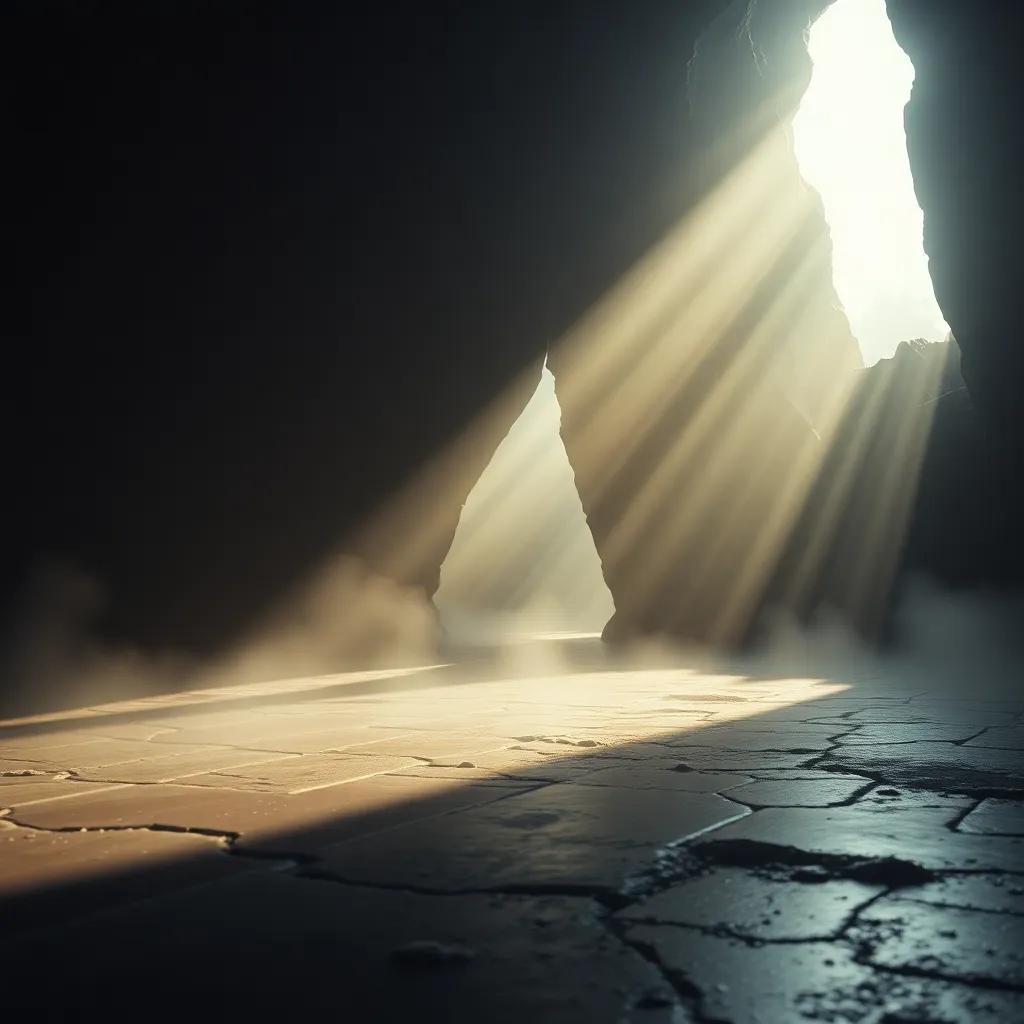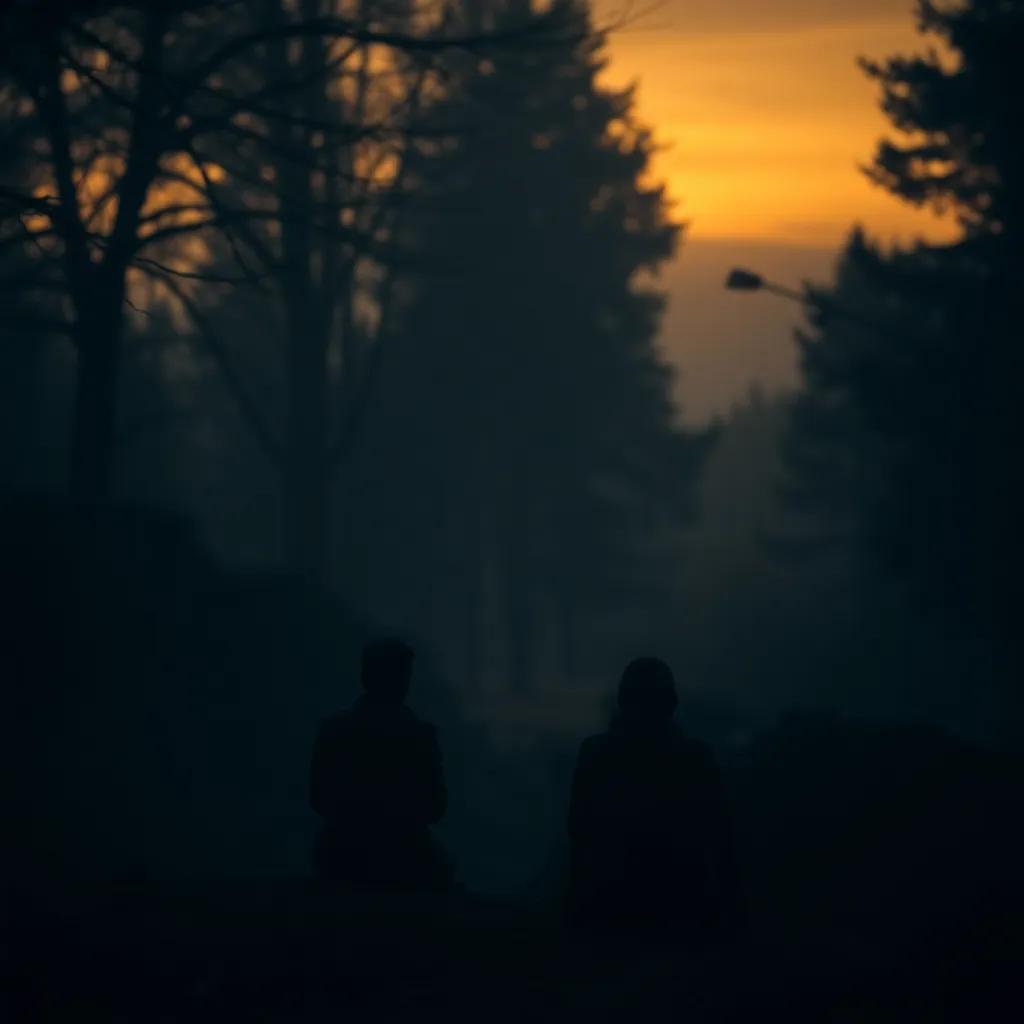Table of Contents
Creative Machines Emerge

How far can machines go in the realm of creativity? With the rapid advancement of AI technology, we are witnessing machines tackling tasks traditionally reserved for human intellect. This exploration matters because it challenges our assumptions about creativity and the unique traits that define us. In this article, we’ll delve into how AI-powered robots are being utilized in creative tasks, assess the current limitations they face, and consider the potential future landscape of collaboration between humans and machines.
AI and Artistic Expression
AI has made remarkable strides in artistic domains ranging from visual arts to music composition. These technologies analyse patterns, identify trends, and even assemble elements creatively. Here’s how AI influences artistic endeavors:
- Generated Artwork: AI programs like DALL-E create original images from text descriptions, demonstrating creativity that mirrors human artistry.
- Music Composition: AI tools can compose new melodies and even collaborate with musicians, enhancing the creative process.
- Film and Storytelling: Algorithms assist in scriptwriting and editing, crafting narratives that blend human vision with machine efficiency.
despite this progress, there are challenges AI faces in emulating deeper emotional connections and authentic expression. The potential remains vast, yet the essence of human creativity-a blend of experience, emotion, and intuition-poses a formidable barrier. Nevertheless, this intersection of technology and creativity is evolving, setting the stage for exciting collaborations.
Limitations in Machine Creativity
While AI excels in generating new ideas, it still grapples with deeper creative limitations. Understanding these limitations helps illustrate the boundary between machine logic and human emotion. Here’s a closer look:
| Aspect | AI Capability | human Strength |
|---|---|---|
| Emotion | Lacks genuine emotional understanding | Deep emotional experiences and empathy |
| Contextual Insight | Limited cultural and past context | Rich context for nuanced creativity |
| Innovation | Generates variations based on existing data | Can think outside the box and innovate |
AI can iterate on existing ideas but often lacks the capacity to think outside the established frameworks. This distinction is crucial for understanding where humans excel and where machines currently fall short. Despite this,ongoing developments suggest a future where AI and human creativity could coalesce,blending strengths from both realms.
Collaborative Innovations Ahead
As we venture further, the potential for human-AI collaborations ignites exciting possibilities. By leveraging the unique strengths of both, we can imagine a future of unprecedented creativity. The dynamics could shift significantly:
- New Tools for Artists: Imagine musicians collaborating with AI to create interactive performances that evolve in real-time based on audience feedback.
- Enhanced Storytelling: Authors might use AI to craft intricate narratives, enriching plots with data-driven insights while maintaining their personal touch.
- Education and inspiration: AI can serve as a catalyst for teaching creativity, providing prompts and guidance for budding artists and innovators.
This collaborative horizon promises not just tools but an evolution in how we perceive creativity itself, inviting a spectrum of explorations previously deemed unreachable.
Creative Horizons Expand

as AI-powered robots continue to advance,they provoke intriguing questions about the nature of creativity and collaboration. The most vital lesson is that while AI can assist and inspire, the human touch remains irreplaceable. Embrace the journey of exploration, and ponder: what creative challenges will our partnership with AI tackle next?



